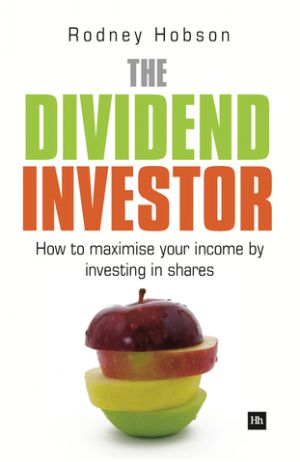
There are two major reasons for investing: to produce income now and to store wealth for the future. Shares in companies paying dividends score on both counts; gold, the supposed safe haven, fails miserably on the first measure and performs no better than a bank savings account on the second.
As the surge in the price of gold shows signs of topping out, commentators are dropping the safe haven tag when describing the precious metal. The realisation is dawning that gold is in fact a high-risk gamble and only shares provide a reasonable degree of protection in turbulent times.
The price of gold has, indeed, risen strongly since the turn of the Millenium while share prices have stagnated for more than a decade. However, that means gold has simply been playing catch-up, recovering most though not all of the ground it lost on equities after peaking at $800 an ounce in 1980.
Gold has doubled in value over the past 32 years, equal to a composite annual return of little over 2 per cent. You might as well have put your cash into a savings account, notwithstanding the pitiful rates paid over the past four years. At least you would have saved on dealing costs and you would have had easy access to your money.
In any case, the idea that gold can outperform shares is based on a false premise: that the performance of shares can be measured solely by reference to the FTSE 100 or some other stock market index.
This misconception is understandable, for the investing public is fed a daily diet of how share prices rise and fall, frequently laced with the billions wiped off or added onto stock market valuations in a single session. It is easy to gain the impression that investing is all about capital gains and losses.
In fact, the real money is made through solid investments that pay regular, rising dividends. The greater part of total returns for equity investors over time comes from dividends, not capital gains.
Figures produced by the Barclays Equity Gilts Study showed that £1,000 invested in shares at the end of the second world war would have been worth nearly £60,000 now. However, if all the dividends received in the meantime had been reinvested, the pot would be approaching £1 million.
Dividends provide compensation when share prices fall; they generate profits when stock markets are stagnant; and they put the icing on the cake when equities surge upwards.
Total dividends paid by UK quoted companies grew even in 2008, after the scale of the credit crunch had become all too apparent, reaching £67.1 billion that year. Despite slipping back in the following two tight years, in large part because BP suspended its dividend for nine months in 2010, dividends were on the rise again last year, reaching a record total of £67.8 billion.
There are solid companies across a wide range of sectors offering yields of 5 per cent or more. They include Balfour Beatty, National Grid, RSA, AstraZeneca, Sainsbury's and Vodafone. Many more pay over 4 per cent, far better than the pitiful rates paid to savers by banks. Even if earnings fall as Europe slips back into recession, yields on shares will remain attractive.
In contrast, gold provides no income. Profits depend entirely on new investors willing to pay ever increasing prices. When the wheels fall off the bullion bandwagon, the small investors who leapt on at the top of the market will be the ones nursing losses.
Make no mistake about it: gold can fall as heavily as it has risen, which is what happened the last time it surged to a peak. Back in the 1980s, investors learnt the hard way that gold is no safe haven. That lesson is about to be relearned.
By Rodney Hobson, author of The Dividend Investor